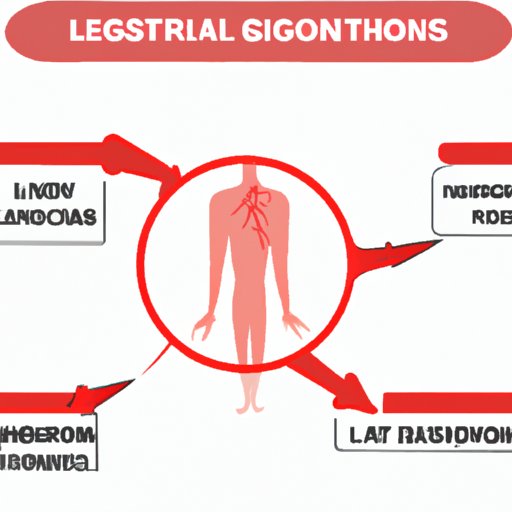
I. Introduction
Legionnaires’ disease is a serious respiratory illness caused by the bacteria Legionella pneumophila. The disease can manifest through symptoms such as fever, cough, body aches, and shortness of breath, and can even be fatal in some cases. Therefore, it is crucial to understand the risk factors, transmission, symptoms, diagnosis, and prevention of this disease to safeguard public health.
II. Highlighting the Risk Factors
The various risk factors associated with Legionnaires’ disease can include age, weakened immune systems, smoking, chronic lung conditions, and certain medications such as steroids. These risk factors can facilitate the spread of the Legionella bacteria into the respiratory tract, leading to the development of the disease.
III. Discussing the Transmission
Legionella bacteria can be contracted from numerous sources such as mist from hot tubs, showers, fountains, or air conditioning systems. Inhaling contaminated water droplets containing Legionella bacteria can lead to pneumonia-like symptoms and results in Legionnaire’s disease. This disease is not contagious, so an infected individual does not pose a risk of transmitting the disease to others.
IV. Exhibiting the Symptoms
The common symptoms of Legionnaires’ disease include headache, muscle pain, cough, high fever, and shortness of breath, which can begin to appear within 2-14 days after exposure. These symptoms can seem mild, initially but may worsen over time. The severity of the symptoms would vary from person to person, depending upon the immunity of the individual.
V. Exploring the Diagnosis
Early and accurate diagnosis of Legionnaires’ disease is important for effective treatment. Diagnostic techniques such as the use of urine tests, blood cultures, and chest X-rays can help identify the presence of Legionella bacteria in the body. Early diagnosis of the disease can lead to successful treatment and therefore, proper diagnostic techniques must be employed.
VI. Preventing the Disease
Preventative measures such as the maintenance of hot tubs, air conditioning systems, and cooling towers and building plumbing systems can help avoid the growth and spread of Legionella bacteria. Regular cleaning and disinfecting of the surfaces and water sources are important steps to prevent the transmission of Legionella bacteria. It is also important to practice good hygiene practices such as washing hands frequently with soap and water to avoid contamination.
VII. Conclusion
Legionnaires’ disease is a serious respiratory illness that can lead to fatal consequences if not diagnosed and treated correctly. Therefore, it is vital to understand the risk factors, transmission, symptoms, diagnosis, and prevention of the disease. The adequate measures to prevent the spread of the bacteria through hot tubs, air conditioning systems and cooling towers, and good hygiene practices must be taken to curb the outbreak of the disease. Early diagnosis and treatment can effectively reduce the severity of the symptoms and provide a better chance of recovery.





